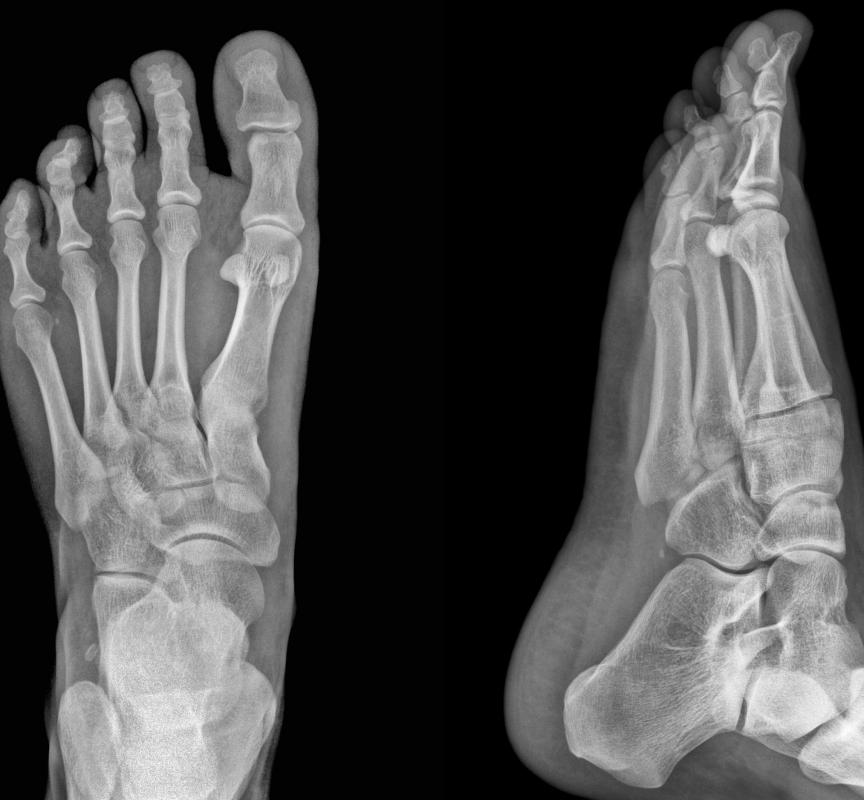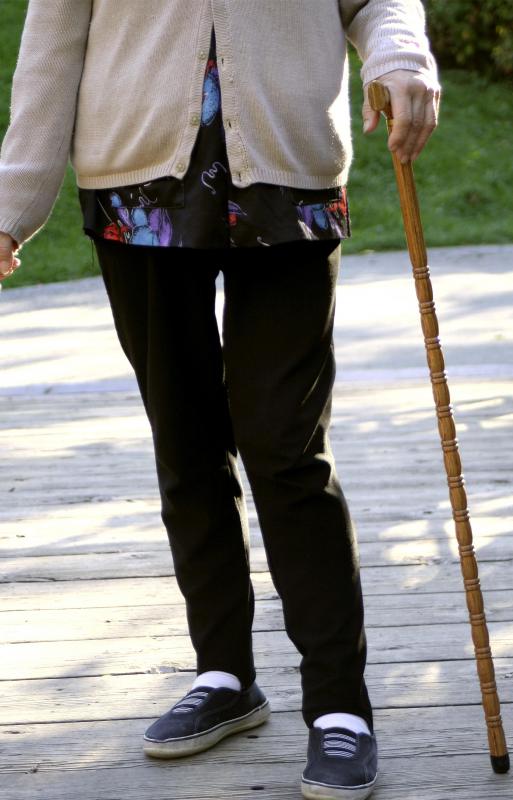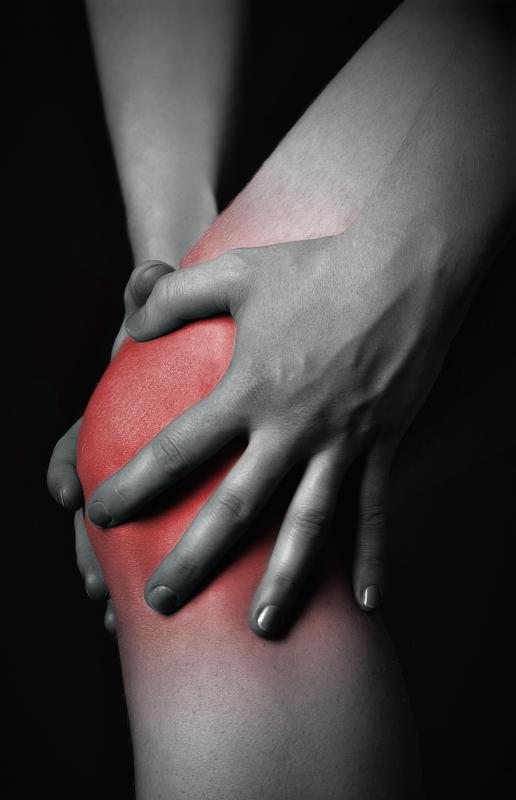At WiseGEEK, we're committed to delivering accurate, trustworthy information. Our expert-authored content is rigorously fact-checked and sourced from credible authorities. Discover how we uphold the highest standards in providing you with reliable knowledge.
What is an Antalgic Gait?
An antalgic gait is a change in a person's gait associated with an effort to avoid pain by shortening the gait on the injured side. This gait abnormality can occur in people with a variety of injuries, and people may not be aware they are experiencing gait changes, as the onset is often subtle. Treatment requires determining where the pain is located and addressing it. Patients may also be provided with tools like canes and walkers to distribute their weight and reduce pain while walking.
In an antalgic gait, people are reluctant to put too much weight on the injured side of the body. They shorten the gait on that side to limit pressure. Over time, this can cause an increase in pain, as the deviation from normal gait often injures the ankle, knee, and hip. This can make the gait more noticeable, as the body may twist in extreme cases as the patient's gait adjusts itself to reduce the amount of pain experienced.

Individuals who develop an antalgic gait may notice symptoms like stiffness on the affected side of the body, along with abnormal wear to shoes. People around the patient commonly remark on the change in gait, as the patient will develop a limp. The underlying pain leading to the change in gait may also be noticeable and can increase as the patient's body is stressed.

Gait analysis by someone familiar with the normal range of human gaits can identify an antalgic gait. A physical examination can be used to seek out the initial injury that caused the patient to start limping. Pain management medications, physical therapy, and surgery can all be options for treatment, depending on the nature of the injury. The patient may also need physical therapy and gait training to learn to walk more comfortably. If a mobility aid like a cane is needed, the patient can receive training in how to use it properly and safely.

It is important to receive treatment in the early phases of injuries that cause people to experience discomfort during walking. Maladaptive changes in gait like an antalgic gait can exacerbate the original injury, in addition to leading to other problems, as they put stress on the spine and joints by pushing them to move in a way they have not evolved for. The longer patients wait for treatment, the more lengthy the recovery will be and the greater the risk of permanent complications.
AS FEATURED ON:
AS FEATURED ON:


















Discussion Comments
@OeKc05 - I have had an antalgic gait caused by footwear before. In my case, the culprit was flip-flops. They were so bad for my feet that the pain and the limp lasted for weeks, even after I quit wearing them.
My antalgic gait during this time looked a lot like the one my diabetic aunt has. Diabetic people have lots of problems with their feet, and her issues are mainly in her left foot, so she places the burden on the right side of her body.
She will probably have to get either a walker or a cane eventually. Her doctor believes the problem will probably affect her other foot in the near future, so a walker might be a better option.
I found out that my shoes were causing my antalgic gait. They seemed to be pretty comfortable, but they did not offer support at the correct stress points, so they were actually doing damage.
I had been wearing them while working on a vegetable farm. I had to do a lot of walking, and these shoes seemed like they would be good for this.
However, each day, I would come home and take them off, only to find that my feet and ankles still hurt. They felt twisted and numb in spots, and I hobbled around the house.
People at work began noticing my strange gait. I had assumed that I was just getting older, and my feet couldn’t handle the load like they used to. However, a coworker told me my shoes were likely to blame.
I bought a higher quality pair designed to be supportive, and sure enough, the pain went away. I started walking normally again in about a week.
My dad has an antalgic gait, and he has to walk with a cane. He will walk this way for the rest of his life because of his injury.
He had been walking through the woods one November when a shot rang out. A hunter, aiming at a deer, missed and hit my dad’s leg instead.
He had to have the damaged tissue dug out, leaving him with an awful scar and persistent pain. He takes medication for the pain, but just because his pain is gone while he is on the drug doesn’t mean that he can walk normally. His gait improves a little because of the meds, but he still needs the cane.
I know that I had an abnormal gait for a few months after my car wreck. I had been in the backseat, not wearing a seatbelt, when our car collided into a van that pulled right out in front of us. Thankfully, my knee was the only thing injured.
At first, the emergency room doctor thought I might need surgery down the road. He made me an appointment with an orthopedic surgeon for a month later, but my pain level had improved so much by then that I canceled it.
I still had an antalgic gait, but part of this was caused by my being overly cautious not to re-injure the area. I walked gently until all the pain was gone.
Post your comments